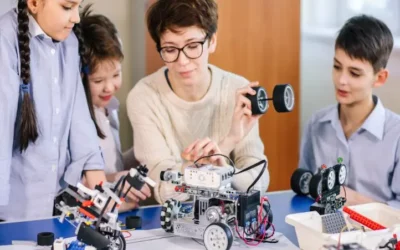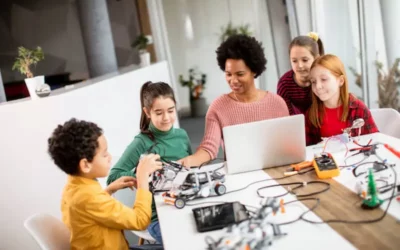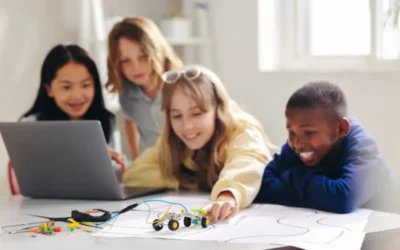In today’s digital age, technology has become an integral part of our lives, and it’s never too early to introduce young minds to essential skills that will prepare them for the future. Coding toys for preschoolers offer a fun and engaging way to introduce coding concepts to children as young as three or four years old. These toys not only captivate the imagination of little ones but also nurture their problem-solving abilities and creativity.
Table of contents
- Introduction
- Benefits of Introducing Coding Concepts at an Early Age
- Factors to Consider When Choosing Coding Toys
- Types of Coding Toys for Preschoolers
- Popular Coding Toy Brands for Preschoolers
- Coding Toy Activities for Preschoolers
- Coding Toy Integration in Early Education
- Engaging with Coding Toys at Home
- Conclusion
- Frequently Asked Questions
Introduction
Coding is the language of computers and technology. As our world becomes increasingly digitized, having a basic understanding of coding is becoming a valuable skill for everyone. Early exposure to coding concepts sets a strong foundation for children and empowers them to navigate technology with confidence as they grow.
Coding concepts are introduced in a fun and interactive way through coding for kids programs, fostering their problem-solving skills and creativity while preparing them for the digital age.
Furthermore, coding enhances critical thinking and problem-solving skills from an early age. When children engage with coding toys, they learn to break down complex tasks into smaller steps, develop logical reasoning, and understand cause and effect relationships.
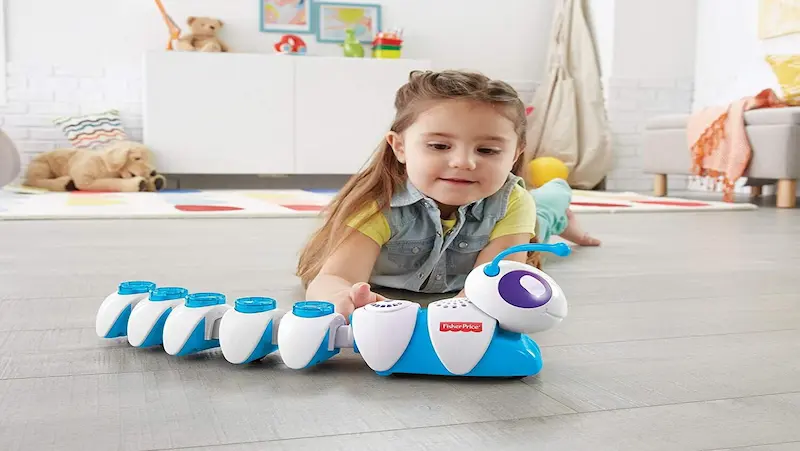
Check out coding classes for kids.
Benefits of Introducing Coding Concepts at an Early Age
1. Cognitive Development: Coding toys stimulate cognitive growth by challenging preschoolers to think critically, strategize, and experiment.
2. Enhanced Creativity: Coding allows children to explore their creativity as they design interactive stories, games, and animations.
3. Logical Thinking: Coding involves creating a sequence of commands, fostering logical thinking and sequential reasoning in children.
4. Early Exposure to Technology: Introducing coding early prepares preschoolers for the technology-driven world they will encounter later in life.
5. Improved Problem-Solving Skills: Coding toys present challenges that encourage kids to solve problems independently and collaboratively.
Discover the world of coding with CodeCHAMPS – a gateway to unlocking your child’s potential in the digital age. Our innovative coding programs combine education with fun, empowering young minds to navigate technology confidently.
Factors to Consider When Choosing Coding Toys
- Age-Appropriateness of Coding Toys for Preschoolers
When selecting coding toys for preschoolers, it is crucial to consider age-appropriate options. Young children have varying levels of dexterity and understanding, so choosing toys that match their developmental stage ensures an enjoyable and fruitful learning experience.
- Safety Considerations for Coding Toys
Safety should always be a top priority when selecting toys for young children. Ensure that the coding toys are made of non-toxic materials and do not have small parts that could pose choking hazards.
- Educational Value and Learning Outcomes
Look for coding toys that align with educational objectives. Code programming for kids is an excellent way to introduce young learners to essential skills. Toys that promote problem-solving, critical thinking, and creativity are ideal choices. Additionally, some toys come with educational guides or support materials for parents and teachers.
Types of Coding Toys for Preschoolers
- Screen-Based Coding Toys
Screen-based coding toys typically involve coding applications and software that can be used on smartphones, tablets, or computers. These toys provide interactive learning experiences through visual programming languages designed for young children. Screen-Based Coding Toys offer fun games for kids, allowing them to play and learn simultaneously as they develop essential coding skills in an interactive and engaging manner.
Features and Benefits of Screen-Based Coding Toys
1. Colorful and Engaging Interface: Screen-based toys use attractive visuals and animations that capture the attention of preschoolers.
2. Intuitive Drag-and-Drop Functions: These toys often utilize drag-and-drop commands, making coding accessible to young learners.
3. Interactive Characters and Stories: Many apps feature beloved characters and exciting stories to make coding enjoyable.

- Physical Coding Toys
Physical coding toys offer a hands-on approach to coding, allowing children to interact with tangible objects to understand programming concepts.
Examples of Physical Coding Toys and Their Features
1. Coding Robots: These robots can be programmed with simple commands to move, light up, make sounds, and even dance.
2. Coding Blocks: Physical blocks with different functions can be arranged to create sequences of commands.
3. Coding Puzzles: Puzzles with coding elements challenge children to solve problems by arranging pieces in the correct order. Puzzles for kids are not only entertaining but also provide valuable cognitive benefits, fostering critical thinking, problem-solving, and spatial reasoning skills while keeping them engaged and challenged.
Popular Coding Toy Brands for Preschoolers
A few well-known brands dominate the coding toy industry, each offering unique features and experiences. Let’s take a closer look at some of these brands:
1. XYZ KidsTech: Renowned for its screen-based coding apps that incorporate popular cartoon characters, XYZ KidsTech combines entertainment with learning.
2. CodeBuddies: Specializing in interactive coding robots, CodeBuddies provides a range of programmable robots that appeal to preschoolers.
3. Creative Coders: This brand focuses on physical coding toys like blocks and puzzles, promoting hands-on learning experiences.
Coding Toy Activities for Preschoolers
A. Introduction to Basic Coding Concepts
1. Understanding Sequencing and Patterns: Preschoolers learn to arrange commands in sequential order to achieve specific outcomes.
2. Exploring Logic and Problem-Solving Skills: Coding activities challenge children to think logically and find solutions to puzzles and challenges.
B. Interactive Coding Games and Challenges
1. Engaging Coding Activities for Preschoolers: Interactive games make learning to code enjoyable and motivate children to explore further.
2. Incorporating Creativity and Imagination: Coding toys allow kids to express their creativity by designing their games, stories, and characters.
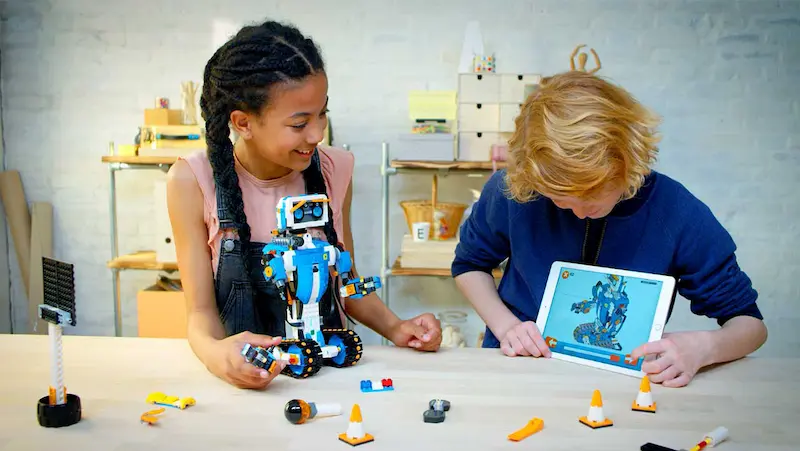
Coding Toy Integration in Early Education
Coding toys complement early childhood curriculum by promoting essential skills that align with the educational goals of this age group. Numerous educational institutions and parents have reported significant improvements in children’s cognitive and problem-solving skills after integrating coding toys into their learning activities. Cognitive development in children refers to the progressive growth of their mental abilities, such as thinking, reasoning, problem-solving, memory, language, and perception.
Engaging with Coding Toys at Home
Designate a space at home for coding activities for kids where they can comfortably explore and play with their coding toys.
Setting up a Coding Space at Home
1. Clear Workspace: Ensure the coding area is free from clutter to minimize distractions during playtime.
2. Proper Lighting: Provide adequate lighting to avoid strain on children’s eyes while using screen-based coding toys.
- Necessary Tools and Resources like
- Internet Connectivity: For screen-based coding toys, a reliable internet connection is essential to access and update apps.
- Parental Guidance: Parents can actively engage with their children during coding activities to enhance learning experiences. With parents’ guidance and support, educational gifts for kids will enrich experience that nurtures their curiosity and fosters a love for learning.

Conclusion
Coding toys are invaluable tools for preschoolers, providing a host of benefits such as cognitive development, enhanced creativity, and improved problem-solving skills. By introducing coding concepts early, parents and educators set the stage for future success in an increasingly technology-driven world.
Creating a safe and engaging environment at home, along with the right choice of coding toys, ensures that young minds are well-prepared for a future full of possibilities.
BrightChamps also offers Robotics for kids, providing with robotic kits for kids, for hands-on learning experiences, allowing children to explore and develop their skills in an exciting and interactive way.
BrightChamps is dedicated to providing a comprehensive and well-rounded educational experience for children. With a wide array of resources and activities, our platform goes beyond traditional learning, embracing creativity, critical thinking, and character development. From interactive tools to engaging content, we aim to nurture young minds, equipping them with essential skills for a bright and promising future.
To get your hands on more such educational and free resources on coding for kids, game development, etc., do check out the Brightchamps Blog Page now!
Frequently Asked Questions
Coding toys can be introduced to preschoolers as young as three years old. At this age, they can begin to grasp basic concepts and engage in simple coding activities.
No, coding toys come in various forms. While some may require a computer or tablet, there are also physical coding toys that do not need electronic devices.
Coding toys promote problem-solving skills by challenging children to break down tasks, think logically, and find solutions to coding challenges and puzzles.
Yes, coding toys can be used in group settings such as classrooms or playgroups. Group activities foster collaboration, communication, and teamwork among children.
Yes, there are coding toys designed to cater to children with special needs. These toys offer inclusive features and adaptability to support diverse learning styles.

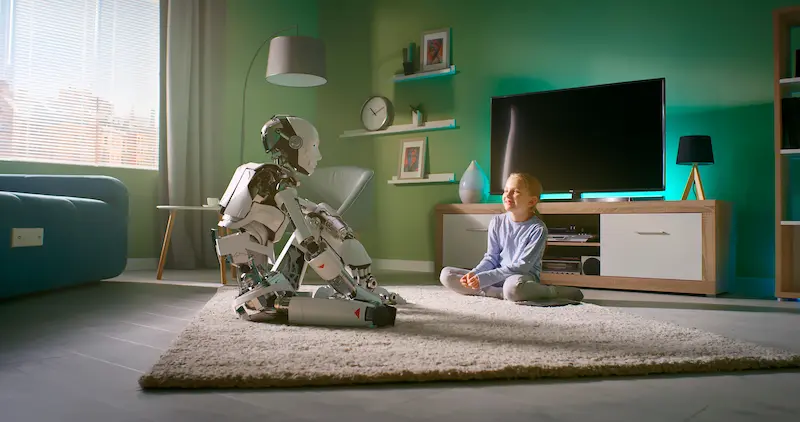
 We are an army of educators and passionate learners from BrightChamps family, committed to providing free learning resources to kids, parents & students.
We are an army of educators and passionate learners from BrightChamps family, committed to providing free learning resources to kids, parents & students.








